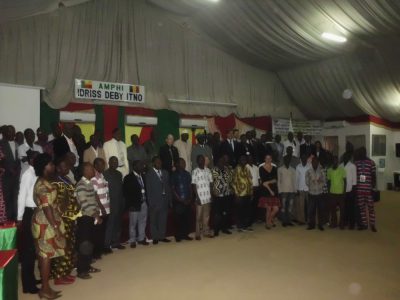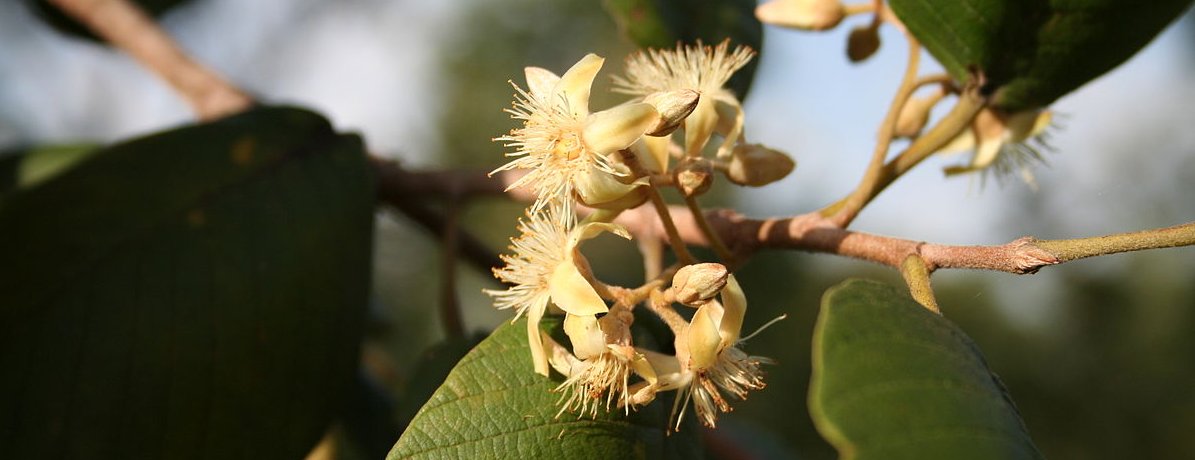A new study of digitally-available plant data from Benin by JRS grantee Jean Ganglo and co-author Sunday Kakpo at Faculté des Sciences Agronomiques (JRS grant page) helps prioritize opportunities to strengthen biodiversity knowledge in the West African country.
Ganglo and Kakpo’s study evaluated freely-available occurrence records to identify how much is known about the flora of Benin and what interventions are needed to get a fuller picture of the country’s plant diversity. The work, published in the online journal Biodiversity Informatics (hosted at the University of Kansas), constitutes the first update to the plant inventory of Benin in a decade, and increased the number of known plants species in the country to 3,188, growth of nearly 14% that pushes the list closer to the previously-estimated total of 3,200 species.
The authors identified geographic gaps in data that could improve the state of knowledge about Benin’s biodiversity and called for increased technical capacity, to shepherd that data through the process of yielding such knowledge. Biodiversity informatics is like a pipeline – originating at the source of the plant or animal in the field, and flowing through the specimen and data collection, aggregation, and sharing process, refined through analysis and interpretation to generate biodiversity knowledge. Production of biodiversity knowledge can be increased not only at the source, by collecting more records, but also by plugging leaks in that pipeline, where observational data are lost due to errors and omissions in the way they are handled and stored.
 The study started with a list of nearly 150,000 primary occurrence records obtained from the Global Biodiversity Information Facility (GBIF). That number was whittled down by nearly half as the records were evaluated for data quality. Some were georeferenced to locations outside of Benin’s geographic boundaries, or had incomplete dates. Species name synonymies and updates can be corrected with careful attention, but some records are effectively lost to knowledge because they lack sufficient detail to be informative. The authors echo the call of many collegues of the JRS Biodiversity Foundation for national capacity building to equip data publishers and managers with the tools to plug these leaks.
The study started with a list of nearly 150,000 primary occurrence records obtained from the Global Biodiversity Information Facility (GBIF). That number was whittled down by nearly half as the records were evaluated for data quality. Some were georeferenced to locations outside of Benin’s geographic boundaries, or had incomplete dates. Species name synonymies and updates can be corrected with careful attention, but some records are effectively lost to knowledge because they lack sufficient detail to be informative. The authors echo the call of many collegues of the JRS Biodiversity Foundation for national capacity building to equip data publishers and managers with the tools to plug these leaks.
JRS is pleased to support projects like this that enhance both the creation of and access to biodiversity information and knowledge by funding the capacity of the African biodiversity informatics community. We are proud to support our grantees to increase the efficiency of the production of the biodiversity knowledge that is so critical to sustainable decision-making.
Read the full article here.

